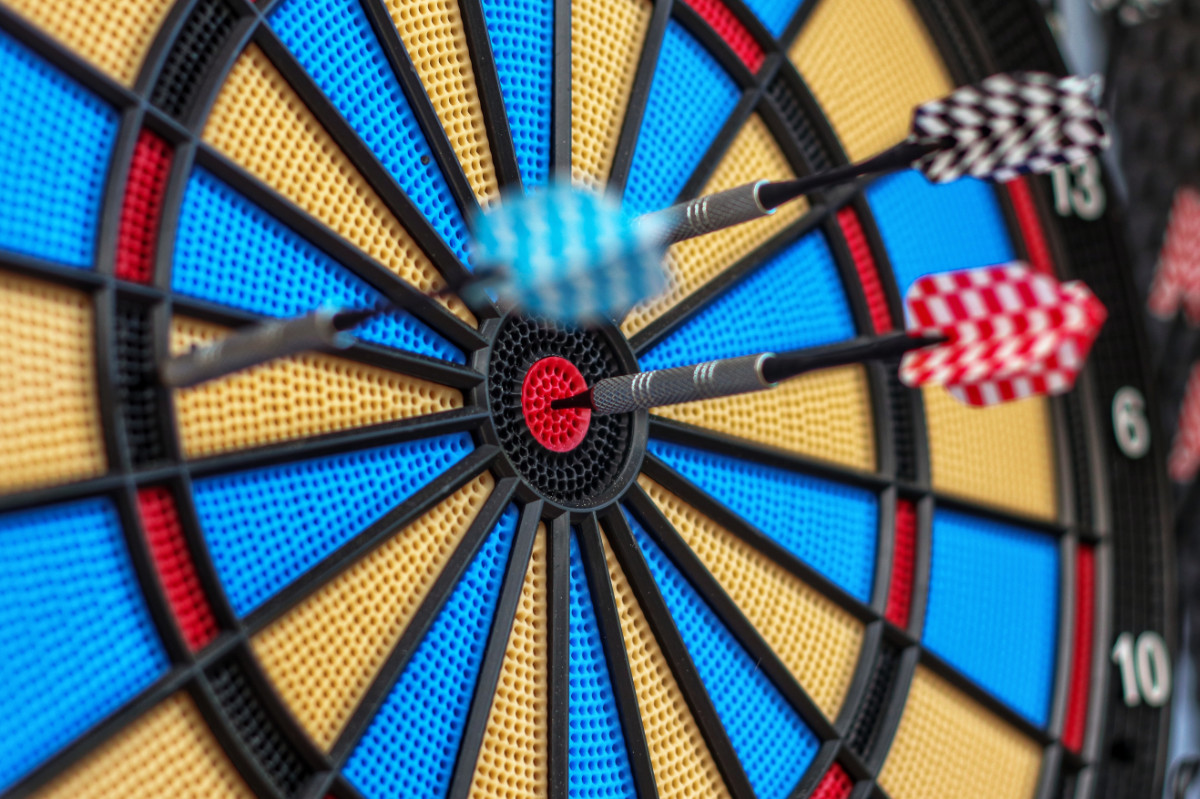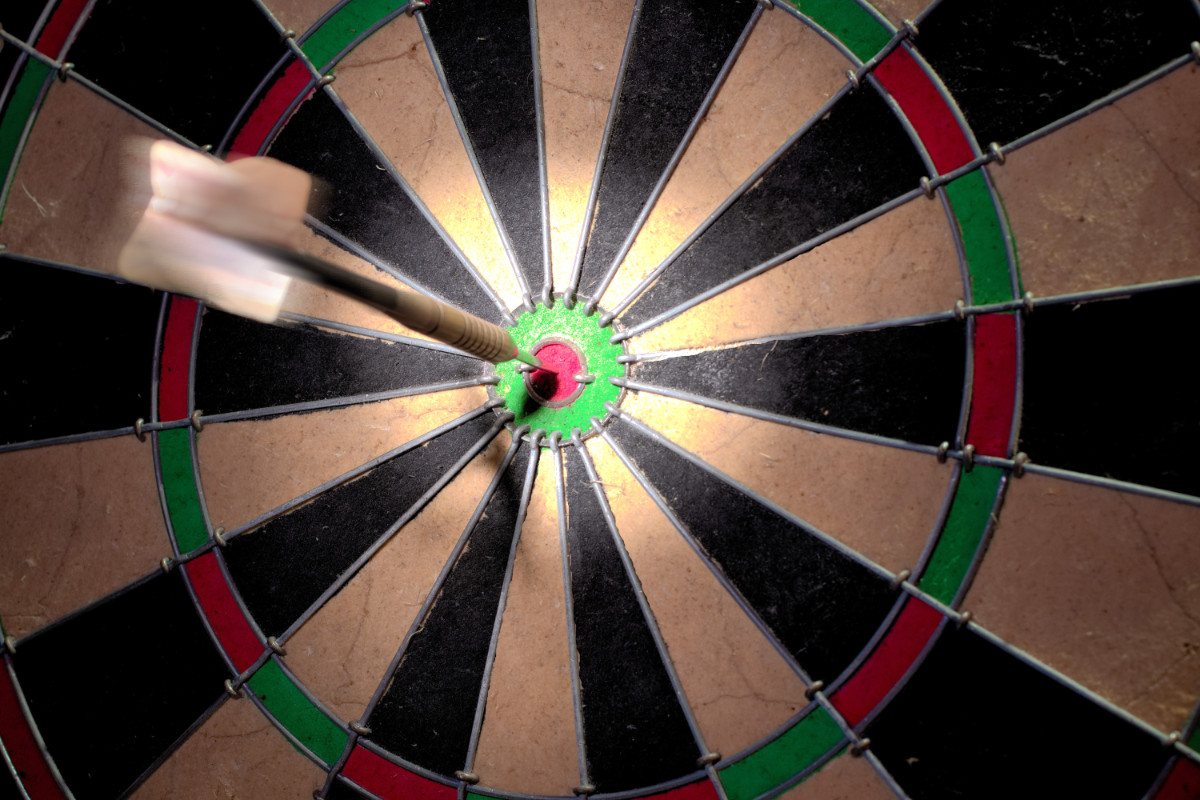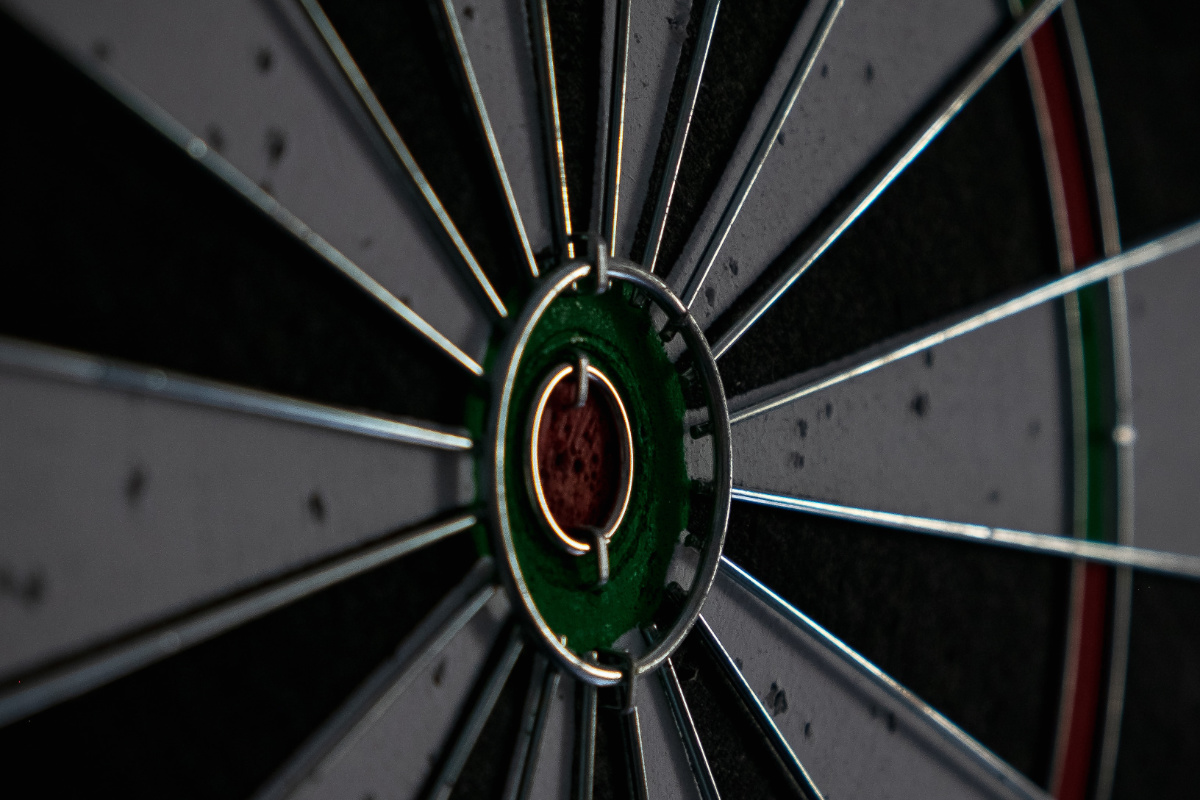Whether you’re a casual pub player or a darts aficionado, understanding the dartboard’s layout is crucial for success in the game. In this blog post, we will delve into the number of different numbers on a dartboard, their arrangement, and their significance in various darts games.
The Numbers on a Dartboard
A standard dartboard, also known as a “clock” dartboard, consists of 20 numbered sections ranging from 1 to 20. These numbers are arranged in a specific pattern designed to reward accuracy and penalize poor throws. The numbers are not placed in numerical order but are instead strategically positioned to create a balanced distribution of high and low numbers across the board.
The Arrangement of Numbers on a Dartboard
The arrangement of the numbers on a dartboard is based on a design patented by British carpenter Brian Gamlin in 1896. The specific order of numbers is intended to minimize the impact of random throws and reward skillful players. The numbers are arranged in the following order, starting from the top and moving clockwise:
20 – 1 – 18 – 4 – 13 – 6 – 10 – 15 – 2 – 17 – 3 – 19 – 7 – 16 – 8 – 11 – 14 – 9 – 12 – 5
As you can see, high and low numbers are interspersed throughout the board, with larger numbers often situated next to smaller ones. This arrangement encourages players to focus on accuracy and consistency, as the risk of hitting a low number is greater if a throw strays from its intended target.
The Significance of Dartboard Numbers in Different Games
While the basic layout of the dartboard remains constant, the numbers play different roles in various darts games. Some of the most popular games and their relationship with the numbers on the dartboard include:
- 501/301: In these classic games, players aim to reduce their score from a starting point (501 or 301) to exactly zero. Each number on the dartboard represents the points a player scores when hitting that segment.
- Cricket: In this game, players must “close out” numbers 15 through 20 and the bullseye by hitting each of them three times. The numbers play a more specific role in this game compared to 501/301, as only certain segments are targeted.
- Around the Clock: This casual game challenges players to hit each number on the dartboard in sequential order, starting with 1 and ending with 20. The arrangement of numbers adds to the difficulty of this game, as players must accurately navigate the entire board.
Conclusion
Understanding the number of different numbers on a dartboard, their arrangement, and their significance in various darts games is essential for anyone looking to improve their skills and knowledge of the sport. By familiarizing yourself with the dartboard’s layout and how it impacts gameplay, you’ll be well-prepared to step up to the oche and take on any darts challenge that comes your way. So, next time you find yourself at a dartboard, take a moment to appreciate the design and strategy behind the numbers, and use that knowledge to elevate your game.



